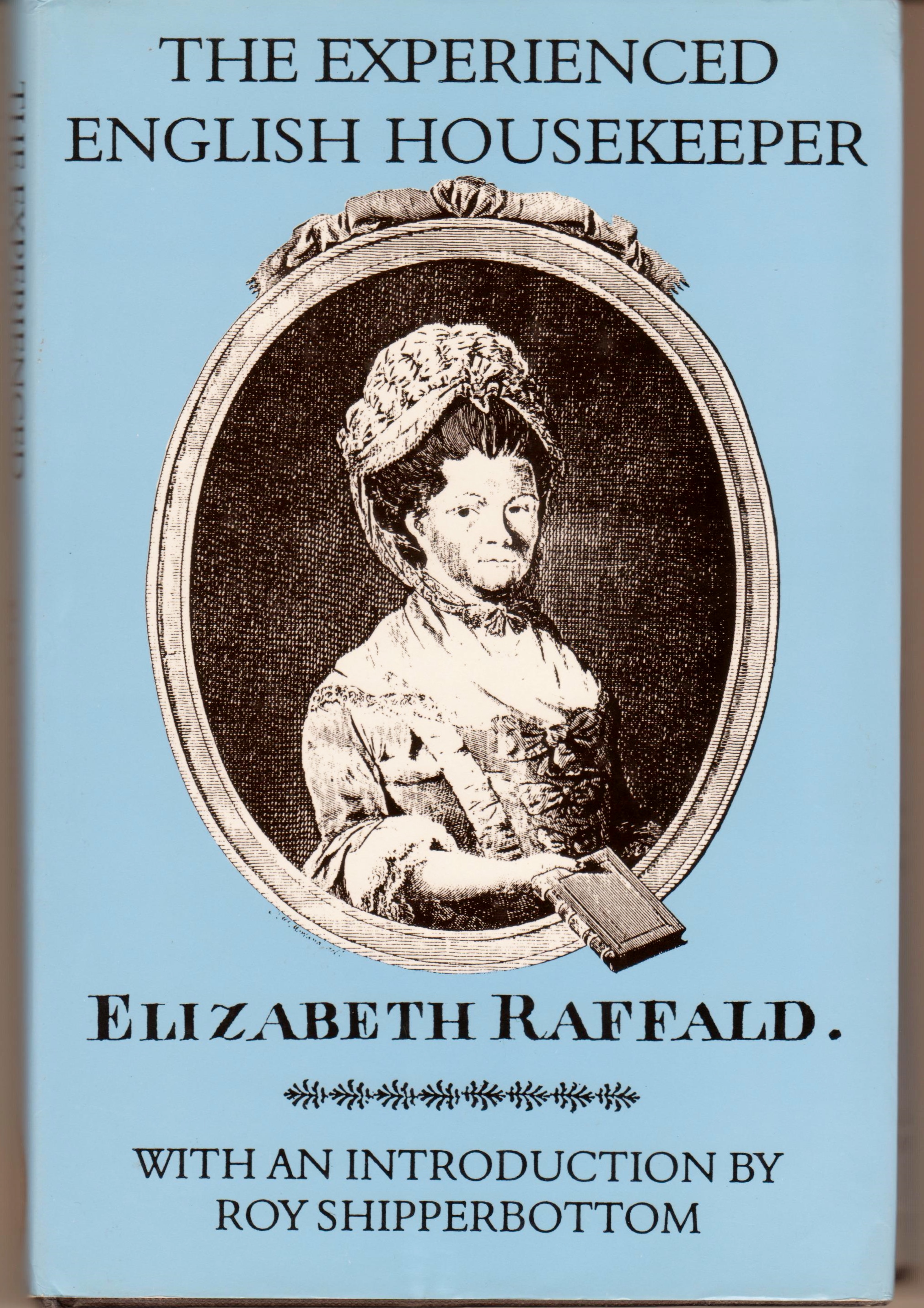
My enthusiasm for old cookbooks continuing unchecked, I was delighted when I ran across a reprint of Elizabeth Raffeld’s THE EXPERIENCED ENGLISH HOUSEKEEPER, published in 1769. This book was researched by a gentleman named Roy Shipperton, who died before it was published. It was edited and brought to life by Ann Bagnell. Having written about Georgian era recipes before, I am no stranger to dishes that would be considered unusual by modern standards, such as ox palates (see an earlier blog here). I was intrigued to see that she included 3 recipes for ox palates. However, I was very interested to learn that she seemed particularly interested in cakes and flummery. In fact, she is known for producing the first written recipe for “Bride Cake”.
Her “Bride Cake” is a single layer and requires four pounds of flour, the same of butter, two pounds of sugar, mace and nutmeg, blended with thirty-two eggs. Being a fruitcake, significant quantities of currents, almonds, citron, candied orange and lemon are included, with a pint of brandy. Her directions are very clear on how to blend the butter, eggs and flour, and the process of pouring the batter over the fruits in layers into the pan. Once in the oven, the baking time is three hours. The icing is a two-layer icing, very similar to modern icing, for which the recipes are also included. I envision a very large cake indeed!
Flummery is a molded pudding made with cream, sugar, a gelatin and a starch. Elizabeth Raffald used ground almonds for the starch and calves’foot stock for the gelatin. Her instructions for preparation of the flummery, preparing the molds and for unmolding are very clear. She also included directions for coloring the pudding pink, yellow or green.
Elizabeth Raffald was a fascinating woman, about whom I have written a post that will appear on English Historical Fiction Authors’ Blog on Thursday, April 25 here. I hope you will watch for it!
Source:
Raffald, Elizabeth. THE EXPERIENCED ENGLISH HOUSEKEEPER with an introduction by Roy Shipperbottom, edited by Ann Bagnall. 1997: Southover Press, Lewes.
Image is a scan of my personal copy.

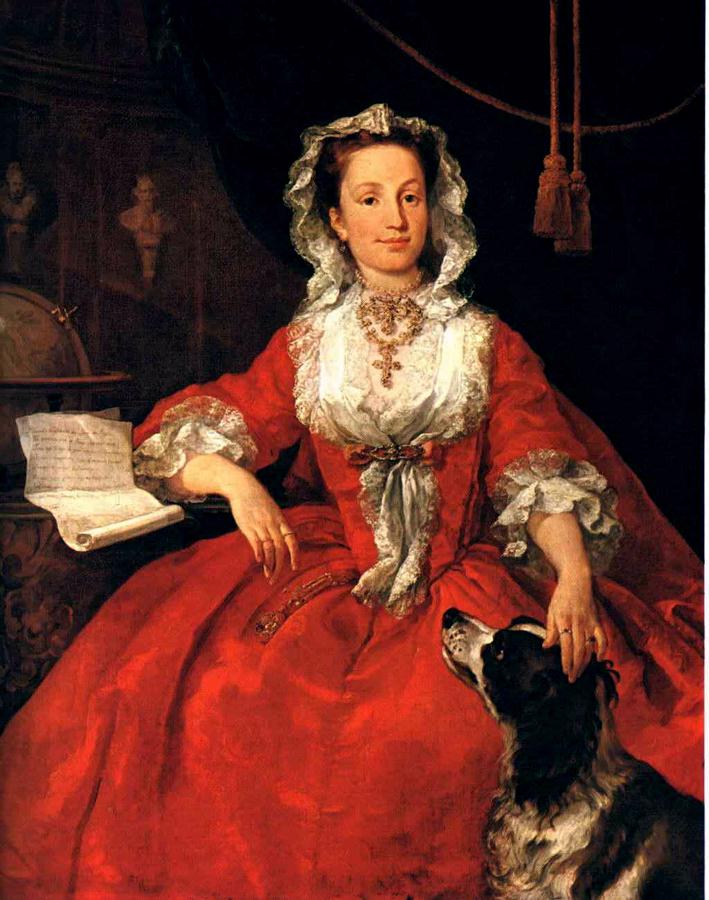
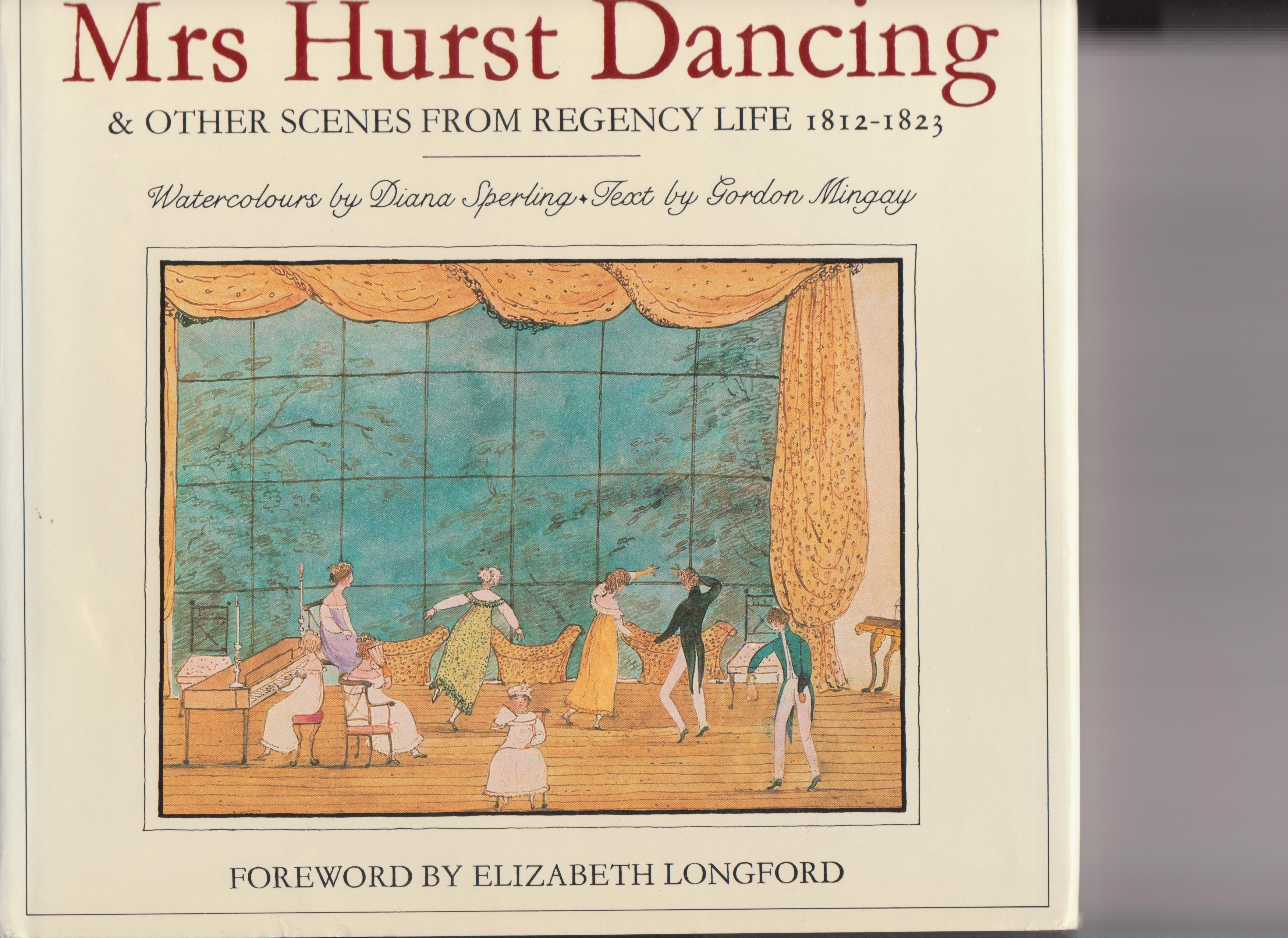
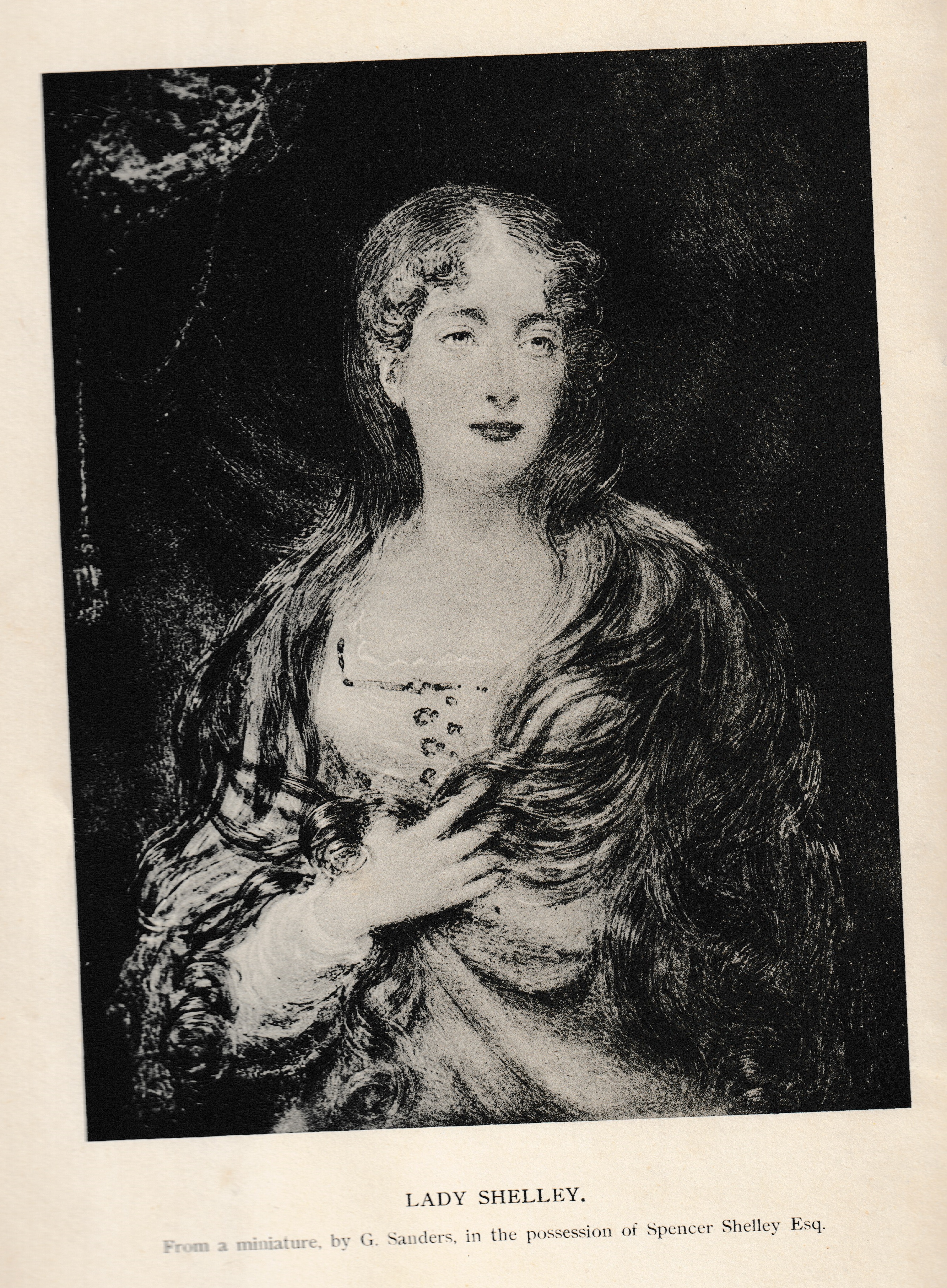 Lady Shelley, from a miniature by G. Sanders, in the possession of Spencer Shelley Esq.
Lady Shelley, from a miniature by G. Sanders, in the possession of Spencer Shelley Esq.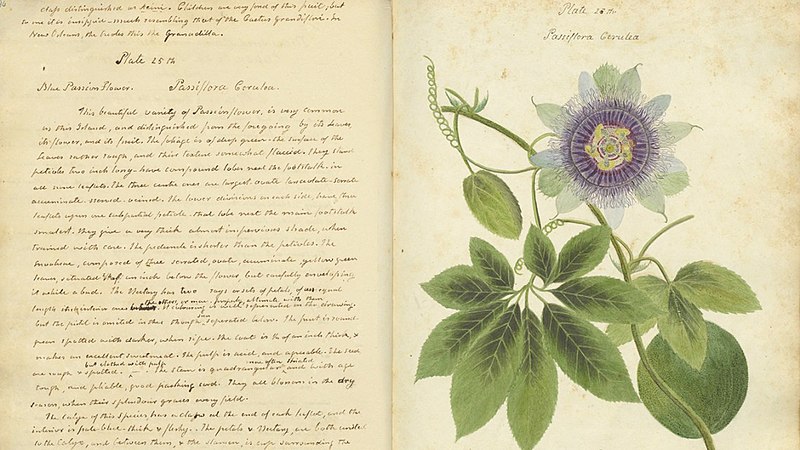 Botanical illustration and description by Nancy Anne Kingsbury Wollstonecraft of the Cuban Blue Passion Flower, Vol. I, Pl. 25, ca. 1826
Botanical illustration and description by Nancy Anne Kingsbury Wollstonecraft of the Cuban Blue Passion Flower, Vol. I, Pl. 25, ca. 1826 